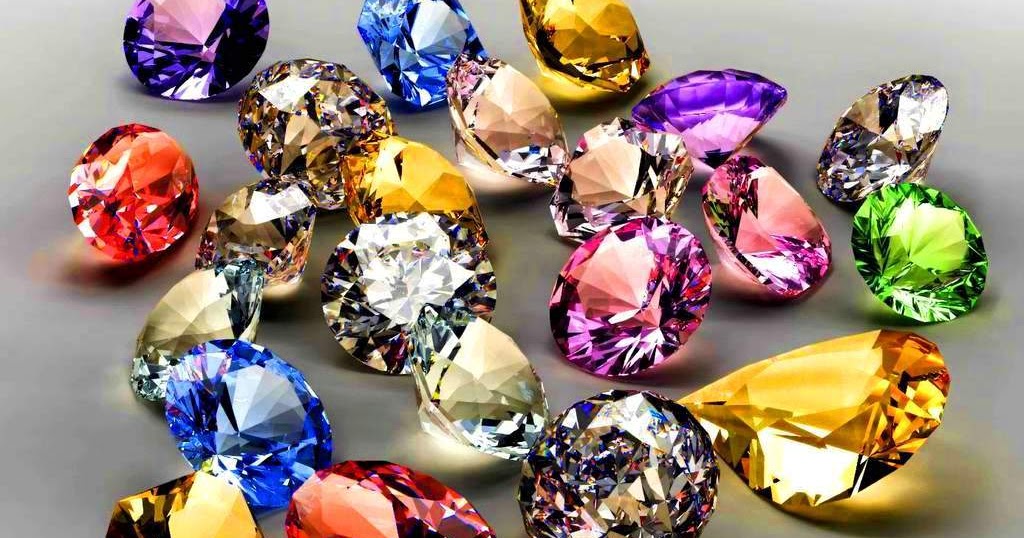Imitation gems have the appearance of their natural counterparts, but their physical properties are different. They are made to deceive. Man-made materials, such as glass and synthetic spine, have been used to imitate many different gems, but natural stones can also be modified to resemble more valuable gems. It is possible to enhance authentic gemstones by hiding cracks and flaws, or by heat-treating or irradiating to improve their color.
GLASS IMITATIONS:
Glass has been used for centuries to imitate gemstones. It can be made either transparent or opaque, in almost any color, and, like many gems, has a vitreous luster. At first sight, therefore, it may easily be mistaken for the real thing. However, it can usually be detected by its warmer feel, and by the evidence of wear and tear that returns from its greater softness. Chipped facets and internal swirls and bubbles are common. In addition, unlike most of the gems it imitates, glass is singly refractive.
OPAL IMITATIONS:
Gemologists call the flashes of color in opal its “paly of color”, or iridescence of light from the minute spheres of silica gel that make up the gem. This structure is imitated to great effect in opals made by the French manufacturer, Gilson, although the difference can be seen in the mosaic-like margins of the patches of color. There are various other opal imitations, including stones made of polystyrene latex, or of different pieces assembled as one. In an opal “doublet” (two pieces) the top is natural precious opal, but the base is common (potch) opal, glass, or chalcedony. A “triple” (three pieces) has an additional protective dome of rock crystal.
GARNET-TOPPED DOUBLET:
One of the most common “composite” stones (stones made of more than one piece) is the garnet-topped doublet, or GTD. A thin section of natural garnet is cemented to a colored glass base, which gives the GTD its apparent color. The deception is most easily see at the junction of the two layers, which may be obvious.
DIAMOND IMITATIONS:
Many natural materials have been used to imitate diamond, but zircon is the most convincing. Synthetic imitations are popular, but each has its faults (right). Imitations can usually be detected by testing the heat conductive of the stone.

Leave A Comment